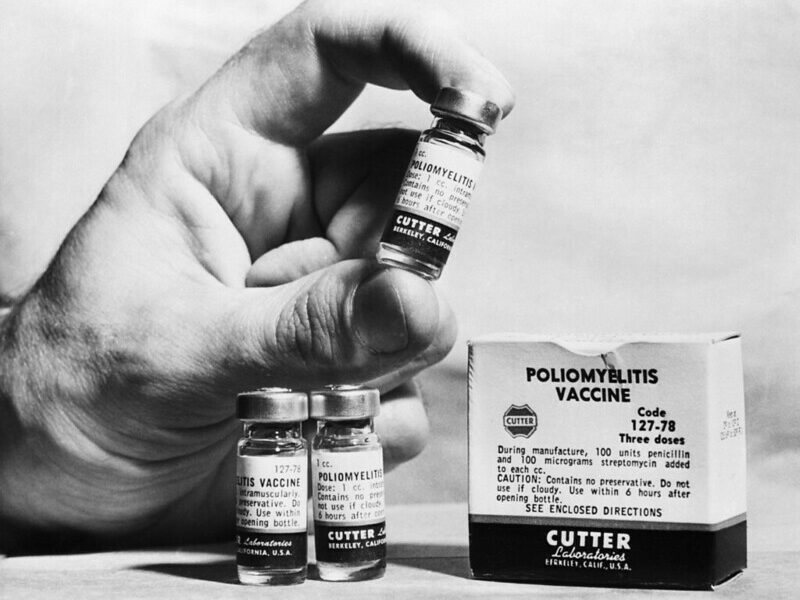Early this morning, the New England Journal of Medicine released a piece warning of potential artemisinin-resistant malaria near the Cambodia-Thailand border.
Artemisinin is a drug used in combination therapies against malaria. Since the 1990s, when artemisinin-based combination therapies (ACTs) were introduced, there have been significant reductions in malaria cases around the world. Countries began to consider malaria eradication instead of malaria control. In 2006, the World Health Organization (WHO) recommended artemisinin-based therapies as the first line of control against uncomplicated Plasmodium falciparum (a protozoan parasite causing a specific type of malaria) malaria cases in countries where the disease is endemic.
Studies from 2008 and 2009 document the reduced susceptibility to the anti-malarial drug in Plasmodium falciparum, the most lethal among the malaria-causing parasites.
The studies show that some P. falciparum parasites are taking a longer time to die than previously recorded, creating a fear that drug resistance and complete treatment failure could develop.
Earlier this year, the WHO launched the “Global plan for artemisinin resistance containment”, or GPARC, to protect what Dr. Margaret Chan, Director-General of the WHO, calls “our most potent weapon” against malaria.
“It is no exaggeration for me to say that the consequences of wide-spread resistance to artemisinins would be catastrophic,” said Chan in her statement at the GPARC launch.
“A large number of endemic countries have nothing left to fall back on if the ACTs begin to fail. Most older antimalarials have been rendered useless by drug resistance. While a major effort is under way to develop new classes of antimalarials, no replacement products are on the immediate horizon.”
Malaria
Malaria is a parasitic disease that is spread to humans by mosquito bites from the female Anopheles mosquito. There are four types of malaria: Plasmodium falciparum, Plasmodium vivax, Plasmodium malariae, and Plasmodium ovale. After the bite from an infected mosquito, parasites grow in human liver cells and then move to red blood cells. The parasites then destroy red blood cells, causing the human immune system to react. This is what causes the symptoms that we experience. Symptoms appear approximately one week after infection and usually include: headache, fever, chills and vomiting. Severe malaria develops when the parasites infect blood cells in the brain, causing cerebral malaria, which has a high death rate.
Malaria, without prevention and appropriate treatment, is life threatening. Prevention methods include using insecticide spray inside houses, sleeping under insecticide treated mosquito nets, and the use of certain drugs (mainly by travelers) that interrupt malaria in the blood stream. According to the WHO, the best treatment available is artemisinin-based combination therapy.
Global burden of malaria
WHO reports 247 million cases and 1 million deaths from malaria in 2008. The disease is responsible for nearly 20 percent of child deaths.
WHO estimates that about half of the world’s population is at risk for malaria. Though most deaths occur in sub-Saharan Africa, there is still risk in Latin America, Asia and parts of the Middle East. The risk of malaria infection is particularly high for young children, people living with HIV/AIDS and pregnant women (because of underdeveloped or compromised immune systems).
The burden extends to the economic sphere. According to the WHO, nearly 40 percent of public health expenditures go towards malaria. In countries with high infection rates, malaria can cause a decrease in gross domestic product by nearly 1.3 percent.
In her speech at the GPARC launch, Chan explains the need for action:
“The estimated yearly number of malaria cases, though declining, is still 223 million. Leaving such a large number of people with no effective treatment would be an unthinkable tragedy.”
